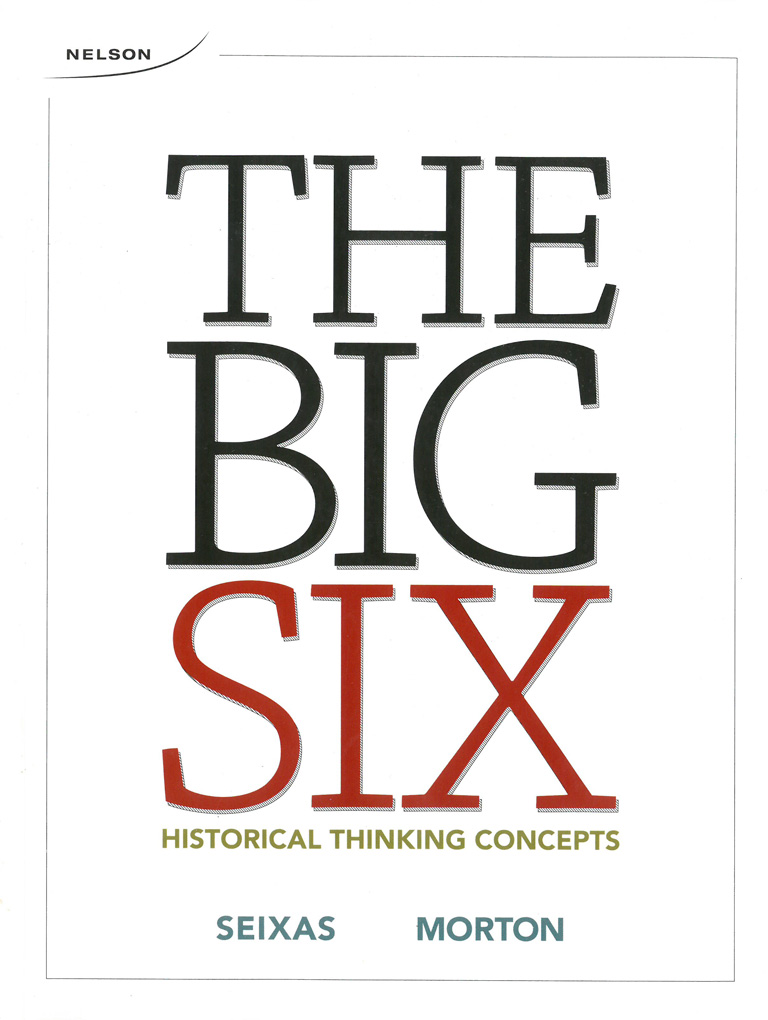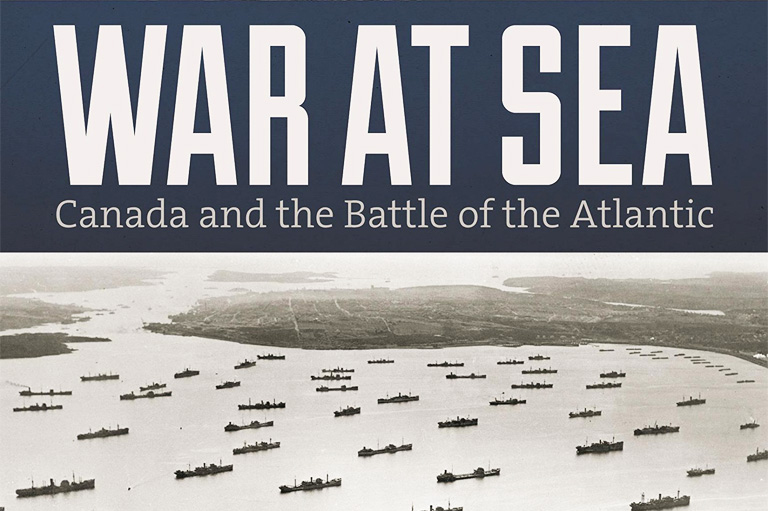The Big Six

The Big Six Historical Thinking Concepts
by Dr. Peter Seixas and Tom Morton
Nelson Education
218 pages, $84.95
The authors of this book know, all too well, just how much of our teaching of history is hopelessly didactic. Far too often, students are expected to regurgitate dates and names with little need for actual interest in the topic, much less critical thought. For a teacher to counter this pervasive atmosphere of dry and dusty fact-grubbing takes enthusiasm, creativity, and no small amount of preparation. But for educators who want to make a difference, even those attributes can still see their lesson plans wearing thin by the end of the semester. But what if there was a template by which students could actually learn to “think historically” for themselves, opening up the past to examination not just by the teacher or the textbook, but by the entire classroom? The authors’ purpose in writing the book is just that -- to actually enable students to become active participants in reading and understanding history.
As the title of the book suggests, making this possible is an insightful explanation of “historical thinking concepts” and how they can be applied in the history classroom. Each concept is conveyed with impressive clarity--providing theory and practical guidance. One chapter each is devoted to “Historical Significance”, “Evidence”, “Cause and Consequence”, “Continuity and Change”, “Historical Perspective, and “The Ethical Dimension”.
This book achieves the authors’ purpose. As I have seen in my own classroom, it helps teachers to bring history to life, with students actually learning to see themselves as historians, because they are shown how to think as historians do. There’s an empowerment brought into the learning process that is the polar opposite of the “student-as-empty-vessel” approach. And it doesn’t take long to notice that greater competency in historical thinking instils greater self-confidence, something that every teacher should take pride in nurturing in their learners.
So far, so good. But could there be something more, just hovering at the end of the trail, asking us to go one more step past the six that are so well elucidated by the authors? Could the goal of a history teacher be something even greater than “learning to think like a historian”? What could that “something more” be?
The biggest “attitude shift” I have ever seen my students make while studying history is when their new understanding enables them to not only be active, willing participants in reading and understanding the work of historians, but also to become active, willing participants in making history.
Seixas and Morton come so terribly close to creating a template that can transform the learning environment for both teacher and student, that it almost “hurts” to get to the end of the book and realize that if there were just that ONE more element, an invitation to an action/praxis, the classroom could become a site for transformation.
It is when we get to the sixth concept (the Ethical Dimension), that we see where the opportunity lies for the learner to go beyond the classroom and be of active service to their community. Seixas and Morton set the stage by iterating the importance of “remembering and responding”. As they put it, “A fair assessment of ethical implications can inform us of our responsibilities to remember and respond to the contributions, sacrifices, and injustices of the past.” (Guidepost 4 of the Ethical dimension p.164)
But alas, the only example of a culminating task the authors offer up as a possibility to use our knowledge of the past to seek change in the present is one where students can write a letter to the Prime Minister expressing their opinion on the oil sands, and comparing it to the collapse of the cod fishery. It’s a start, but there are so many actions and campaigns going on in Canadian civil society, each designed to try to right historical injustices, that the mind nearly boggles. From the environment to electoral reform to Missing and Murdered Indigenous Women to the huge opportunities for reflection and action offered by the Truth and Reconciliation Commission, history is a living subject and it is being made all around us at all times, for better or for worse. Surely it is our job to show how it can be made by all of us.
That said, this book is a “must” for any and all history teachers who believe that students deserve the best that the discipline can offer. Seixas and Morton have years of experience as historical scholars and as teachers. And I also believe that with this incredible service to teachers they have provided, encouraging those same teachers to take the “Ethical Dimension” concept one step further would see students and their teachers being empowered to be of service to the world outside the classroom--making change and making history in an ethical way.
Themes associated with this article
Advertisement




